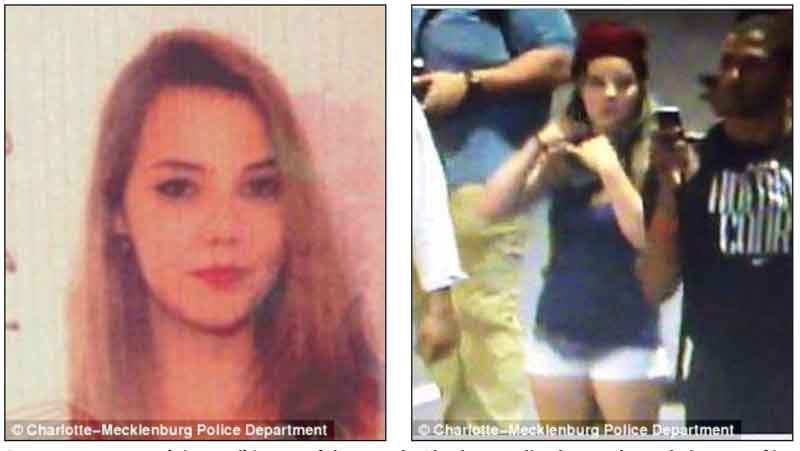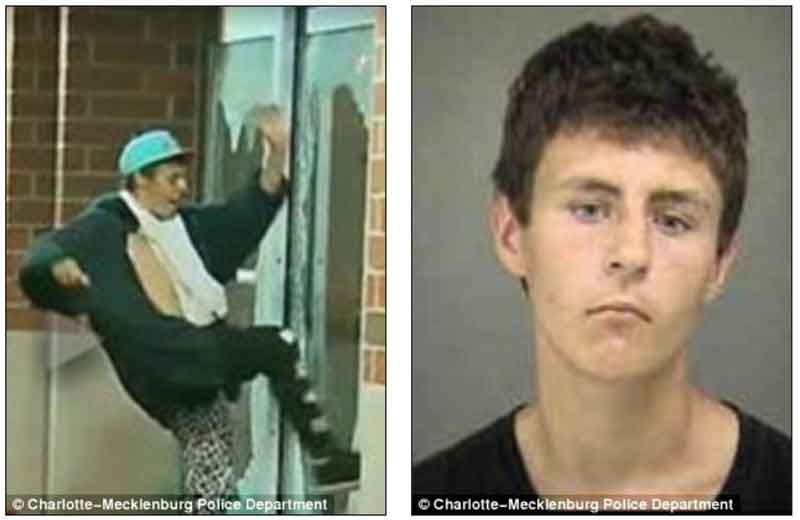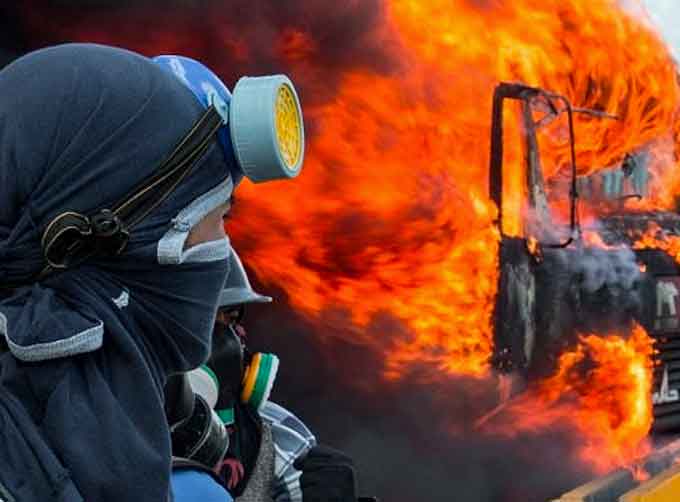Guest editorial by Joel McNelly, Police Commander specializing in Intelligence, Investigations, Physical Security, Risk Assessment, and Leadership
Riots are an interesting phenomenon. Contrary to popular belief, they are not all the same.
From spontaneous to well planned, the motivation is different, and so the response should be different as well.
Protests fall into a spectrum that ranges from peaceful and law-abiding to violent, illegal, and destructive.
Even when those protests cease to be protests and become full scale riots, there are nuances that must be considered.
Here, we will discuss 4 broad categories of rioting and how they differ in both genesis and response.
1. Celebratory Spontaneous Riots
Celebratory Spontaneous Riots (CSR) most often occur immediately following a major sports victory, but can also occur after political or other victories that galvanize large groups.
CSR most often occur in the immediate vicinity of the event, but can also occur in places like the town around a college campus or the streets of a major city.
Many times, the instigators of a CSR are strongly influenced by alcohol intoxication and experience a boldness outside of their normal behavior patterns.
(Spontaneous downtown celebrations after the Los Angeles Lakers’ 2015 championship win turned ugly. Eight police officers were injured and several businesses damaged. Courtesy of The Associated Press and YouTube. Posted on Jul 31, 2015.)
Once a small group of instigators starts throwing outdoor furniture, jumping on cars, or lighting trash cans on fire, many other participants join in under a misguided boldness fed by a mob mentality and a perceived anonymity.
Handled quickly, a CSR can be broken up with a few key arrests and by splitting the crowd to force them in different directions.
Police bicycle units are particularly useful in splitting crowds by forming mobile “fences” that force participants in a designated direction.
The police and business response to a CSR is the easiest to manage of the riot types.
Many onlookers will be unwilling to risk their otherwise normal lifestyle when confronted with the possibility of arrest.
A key business response should be to quickly pull in all free standing outdoor furniture and other objects that can be easily thrown.
Business should lock their doors and turn out their lights to avoid drawing attention.
If overrun, employees should call police and retreat from the danger as safely as possible.
"Fueled by misinformation...an immediate public bias
precedes law enforcement's ability to give truthful
facts due to the need for investigative integrity."
2. Spontaneous Riots due to a Controversial Event
Spontaneous Riots due to a Controversial Event (SRCE) occur most frequently in heavily populated areas where masses of people can either quickly pour out of homes or quickly congregate by driving or using public transit.
SRCE in the U.S. are common after police shootings in urban areas.
Fueled by misinformation spread through social media, inconclusive video, or television news interviews from untruthful “witnesses,” an immediate public bias precedes law enforcement’s ability to give truthful facts due to the need for investigative integrity.
(One person was shot in violent protests in Charlotte, North Carolina. A State of Emergency was declared by the governor amid the chaos. Courtesy of CBS News and YouTube. Posted on Sep 21, 2016.)
SRCE quickly turn to property destruction and violence against police and innocent bystanders.
Participants express great anger and are willing to take out that anger against anything or anyone in their path. Local businesses are looted and destroyed, fires are set, objects are thrown at law enforcement, and vehicles are destroyed and burned.
The local community is left with a confusing mess, destroyed by its very residents in an act that seems counterproductive to the cause.
A police agency must quickly react to a SRCE by reaching out to influential community members and asking for their direct intervention in the riot.
Departments should anticipate that this will happen at some point and have a contingency plan.

The faith community can be a great tool in standing directly between the police and rioters and can act as a voice of peace in coming community meetings and press conferences.
Another important response from law enforcement is to put out as many helpful facts as possible, as quickly as possible.
If a mistake was made, police agencies must communicate their corrective response to maintain public trust.
"Neither brutal force nor silence is an effective strategy
for law enforcement."
While necessary, the presence of riot police often further inflames tensions as the very “enemy” of the rioters has shown up for the fight.
Neither brutal force nor silence is an effective strategy for law enforcement.

The most egregious agitators and clear leaders who incite rioting must be quickly arrested.
Agencies must monitor social media and arrest those who electronically incite as well.
The effective handling of a SRCE is crucial in preventing the rioting from escalating to a multi-day event.
An effective strategy for law enforcement and the private sector is to capture photographs of looters as quickly as possible.
Crowd-sourcing the identification of those subjects via email to law enforcement, transit security, and others who can put names with faces can lead to quick results.

News media can also be helpful in not only identifying looters and inciters, but will also build public sentiment against criminal rioters.
Arrest warrants should be sought immediately and a large scale effort to arrest those subjects should be made before a second night of rioting begins.
3. Organized Riots in Continuation of a Spontaneous Riot
The failure to effectively quell a SRCE can lead to Organized Riots in Continuation of a Spontaneous Riot (ORCSR).
ORCSR can occur with with amazing speed, fueled by opportunistic organizers who are ready and willing to turn nearly any controversy into a prolonged event.
Many of today’s protest organizers have years of experience attending events such as G8 Summits, political conventions, and inaugurations.
They are networked with like minded leaders and are adept at organizing people through direct action training.
While these leaders may not riot themselves, they will be working in the background to fuel a movement, capitalizing on the anger to encourage further actions.
Many of these leaders are paid by subversive groups to sow the seeds of chaos and to spread misinformation.
(Learn More. Dozens of officers injured as marchers protest globalization and capitalism. Courtesy of ABC News and YouTube. Posted on Jul 6, 2017.)
An ORCSR requires a robust intelligence operation.
Law enforcement agencies and affected business entities should scour media and social media for events and be prepared to act.
An effective and often underutilized tactics is for law enforcement to engage organizers in conversations about plans.
Meet with them, shake hands, ensure them that you want to support their First Amendment Rights as long as things stay peaceful.
This kind of dialogue can turn the potential for rioting into a partnership to ensure that peaceful protesting is protected.
Law enforcement agencies will receive a great deal of public support in these situations.
From food donations to hand-written cards, these acts of kindness should be highlighted on the agency’s social media to counterbalance any negative narratives.
"Agencies should have many months of preparation to
include open dialogue with any groups that will be
marching or demonstrating."
4. Riots in Organized Protests
Riots in Organized Protests (ROP) are the easiest to see coming and the easiest to plan for.
ROP happen when large planned event protests get out of control and result in rioting.
Law enforcement agencies should be well prepared for such events and should carefully monitor crowd size and sentiment.
Agencies should have many months of preparation to include open dialogue with any groups that will be marching or demonstrating.
It is not uncommon for a group to admit to law enforcement that they want people to be arrested to bring awareness.
(50 people were arrested and charged with 3rd degree rioting following a protest that shutdown I-94 in St. Paul, Minn. and injured 21 police officers. The demonstrators were protesting the fatal officer-involved shooting of Philando Castile on July 6. Courtesy of Fox 9 News and YouTube. Posted on Jul 13, 2016.)
In this case, a calm response by uniformed officers, rather than a overwhelming response from riot gear clad officers, can lead to a crowd that celebrates their victory instead of turning against the police.
Foot bound and bike patrol officers are a great public response during peaceful marches and demonstrations.
Officers in riot gear should be kept close by, but out of sight until necessity requires their response.
A large group of bicycle officers, trained in crowd control, can be instrumental in guiding groups by keeping them out of streets and guiding them to desirable locations by acting as a rolling “fence.”
When rioting does occur the police response should be swift to prevent a prolonged struggle.
As in the other types of riots inciters and looters should be quickly arrested as laws allow. In the case of a ROP, prevention and planning are the keys to a successful ending.




















